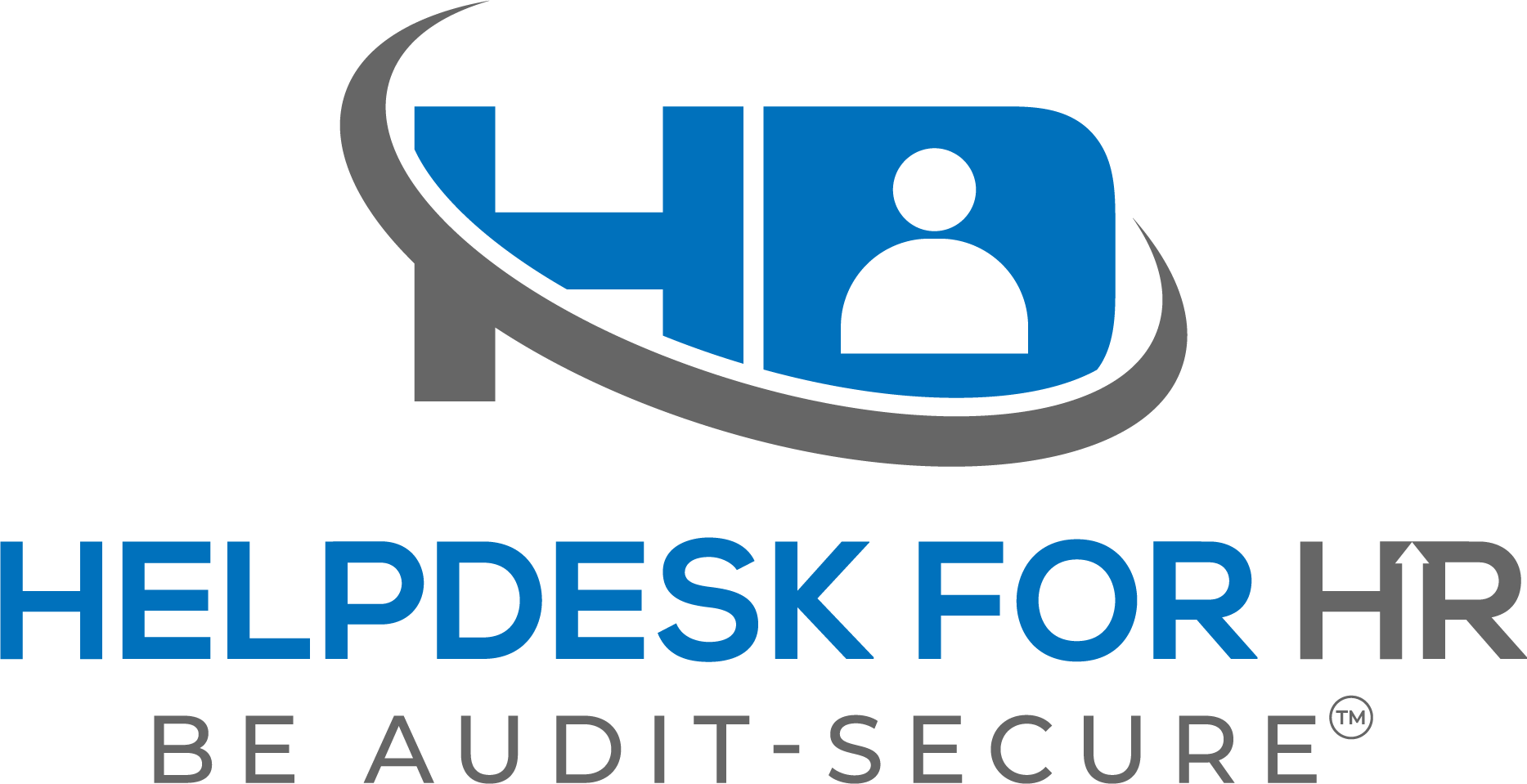Question:
One of our managers was observed in a lip lock on the street with an employee. I’m concerned if it doesn’t end well it could be considered harassment. Is there something we should be doing to protect the company? The employees have all had the sexual harassment training, and I know we can’t forbid people from dating. Thanks. – S.W. from CA
Answer:
This is definitely a sensitive issue, and it’s wise that you’re proactive in addressing potential risks. Romantic relationships between employees, especially when one is in a managerial position, can pose challenges—primarily around conflicts of interest, claims of favoritism, or, as you noted, harassment claims if the relationship ends poorly or becomes coercive. Here’s a guide I created that has a step-by-step approach to help protect your company while maintaining a balanced, respectful work environment.
1. Review and Clarify Company Policies
Ensure that your company policies on workplace relationships are clear and well-communicated. While you can’t prohibit employees from dating, many organizations have policies that require disclosure of relationships when there is a direct reporting line, or at least when a conflict of interest might arise. Key policies to review or implement:
- Consensual Relationship Disclosure: If a manager is romantically involved with a subordinate, requiring disclosure allows HR to monitor for potential conflicts of interest or favoritism.
- Code of Conduct: Reinforce professional behavior expectations at work, regardless of personal relationships. Remind employees that behavior should align with the organization’s values and respect for all colleagues.
If you don’t already have a relationship disclosure policy, consider introducing one. This allows HR to take steps (e.g., adjusting reporting lines, managing conflicts of interest) without punishing or forbidding the relationship itself.
2. Remind Both Parties of Their Responsibilities
In this situation, the manager holds a position of power over the employee, so it’s especially important to remind the manager of their additional responsibilities in maintaining fairness and professionalism. Consider the following actions:
- Private Conversations: Speak to the manager in private, without assuming guilt or intent, to ensure they are aware of the potential risks. Highlight the need to maintain professional boundaries, avoid any perception of favoritism, and ensure the subordinate does not feel pressured in any way.
- Equal Treatment: Make sure the employee in the relationship knows they have avenues to report any concerns (to HR, for example) if they ever feel uncomfortable, pressured, or unfairly treated.
Both parties should understand that professional behavior is required at all times within the workplace and that their relationship must not affect work dynamics.
3. Monitor for Potential Conflicts of Interest or Harassment Risks
It’s wise to have HR or upper management keep an eye on the professional environment to ensure there’s no favoritism, retaliation, or inappropriate behavior stemming from the relationship. This is critical to ensuring a healthy team dynamic.
Some best practices include:
- Documentation: If the relationship was not disclosed previously, document the discussion you have with the manager and employee about expectations moving forward. This protects the company in case issues arise in the future.
- Post-Relationship Conduct: Outline expectations around behavior if the relationship ends, to prevent any risk of harassment or retaliation. It’s important for both parties to understand that professionalism will be required regardless of personal developments.
4. Reinforce Sexual Harassment Training
Even though your employees have already had sexual harassment training, it might be a good time to re-emphasize key points. Focus particularly on:
- What constitutes harassment (unwelcome advances, pressure for relationships, retaliation for ending a relationship).
- Reporting mechanisms for any concerns, ensuring employees know how to report issues confidentially and without fear of retaliation.
A periodic refresher on the policy can reaffirm the company’s commitment to a respectful, harassment-free workplace.
5. Proactive Adjustment of Reporting Lines (if needed)
If the manager has direct authority over the employee involved, it’s worth considering adjusting reporting structures, if feasible. This helps:
- Avoid perceptions of favoritism.
- Mitigate potential conflicts of interest.
If moving either individual to a different team or reporting structure is not possible, then heightened vigilance in performance reviews and promotions is required to avoid bias, whether perceived or real.
You’re right to acknowledge that personal relationships can exist between coworkers, and handling them sensitively is key. You should focus on clear communication, setting professional boundaries, and ensuring that both employees understand their responsibilities. Documenting everything and monitoring the situation discreetly is equally important to avoid future problems.

